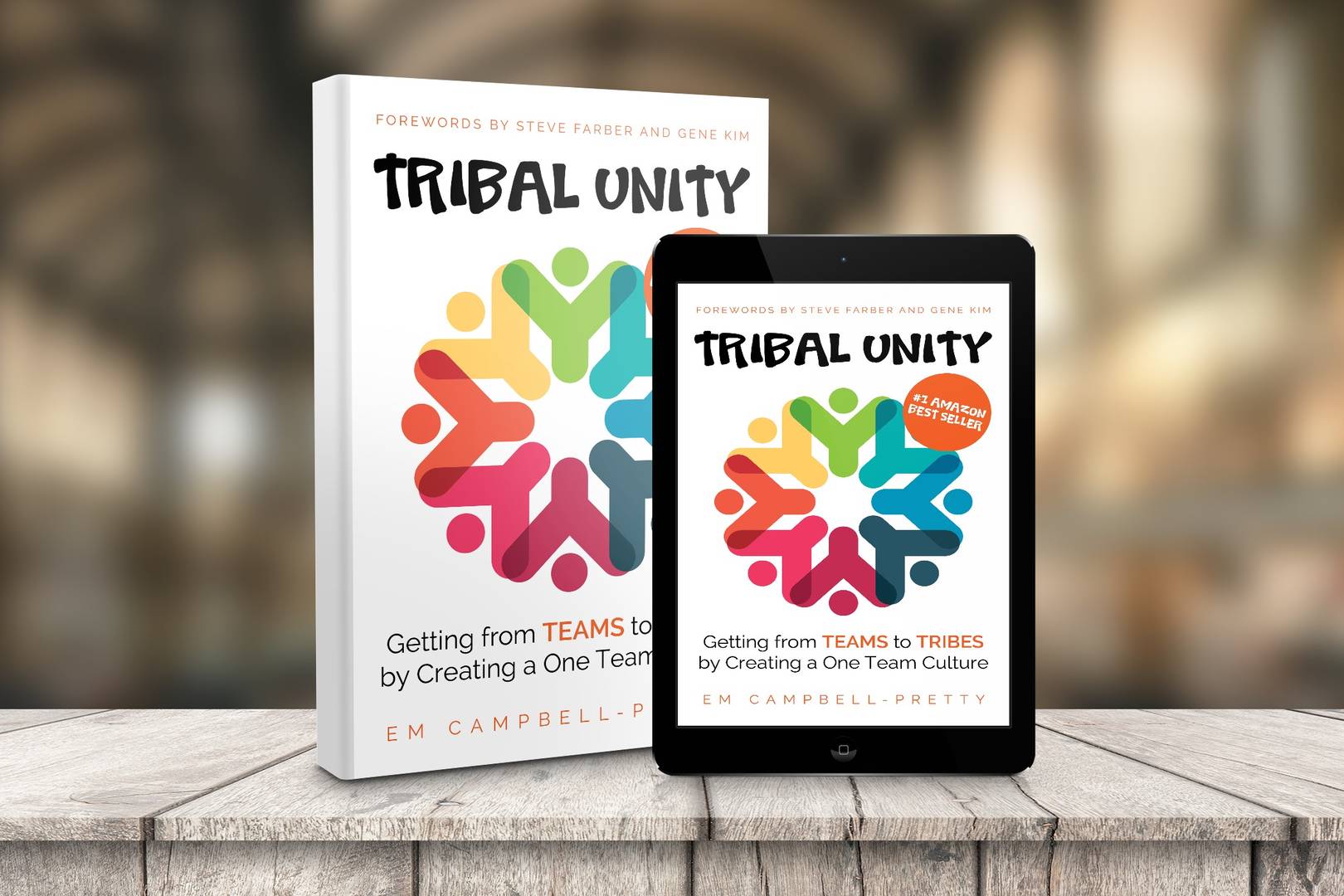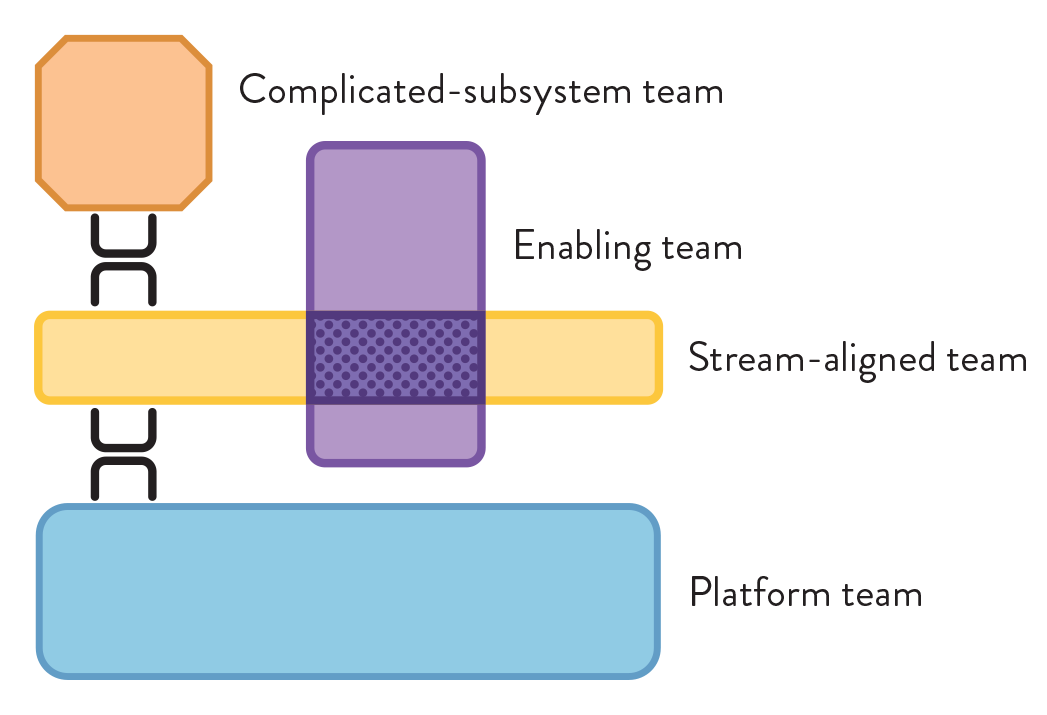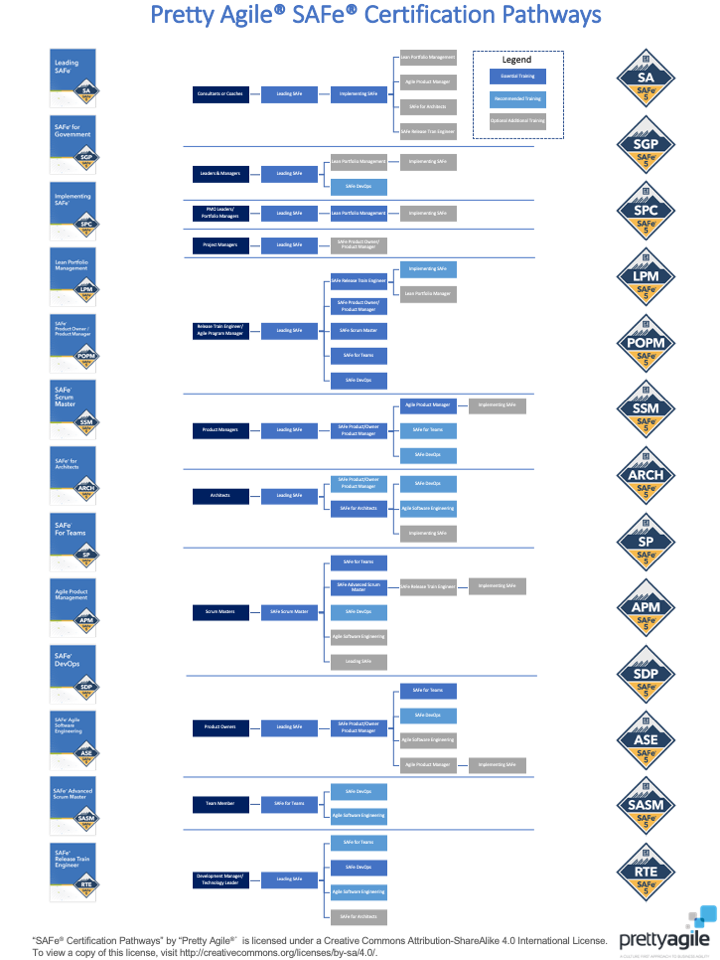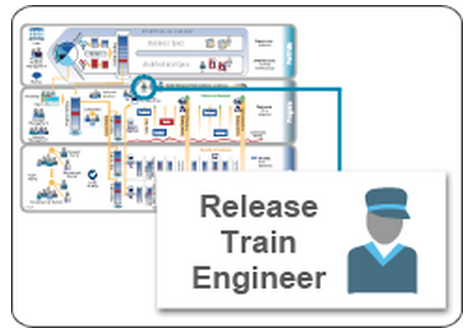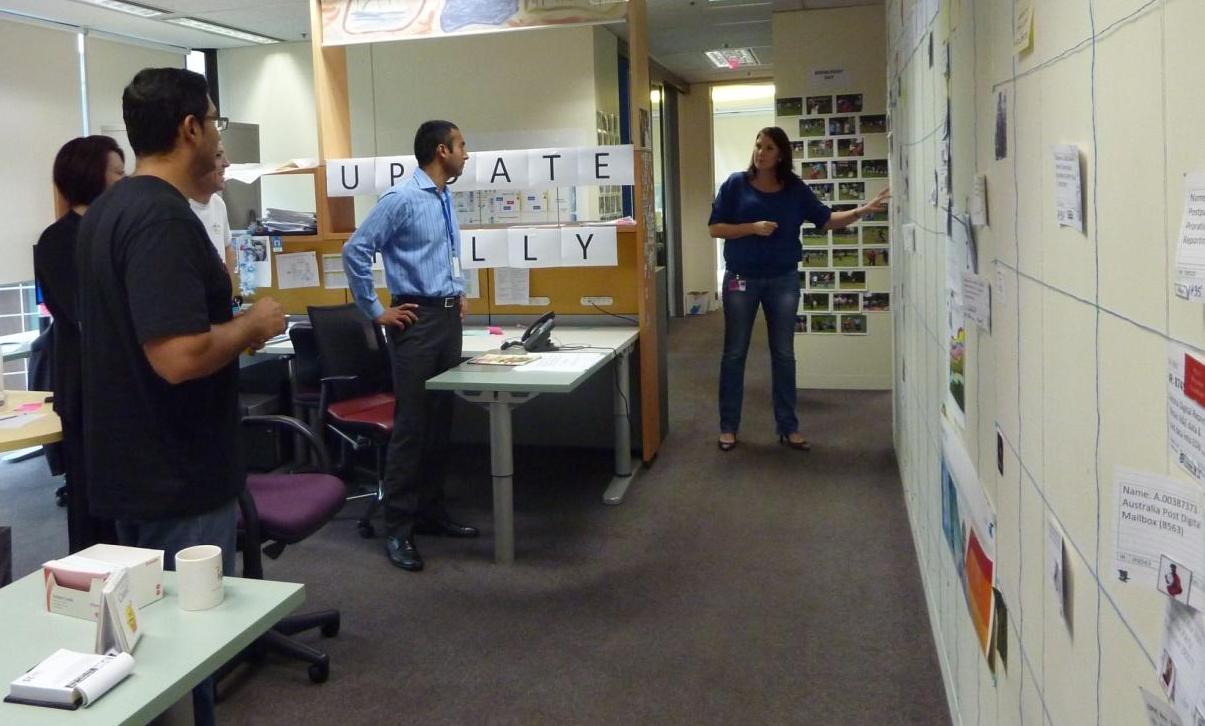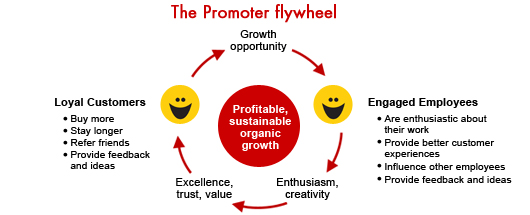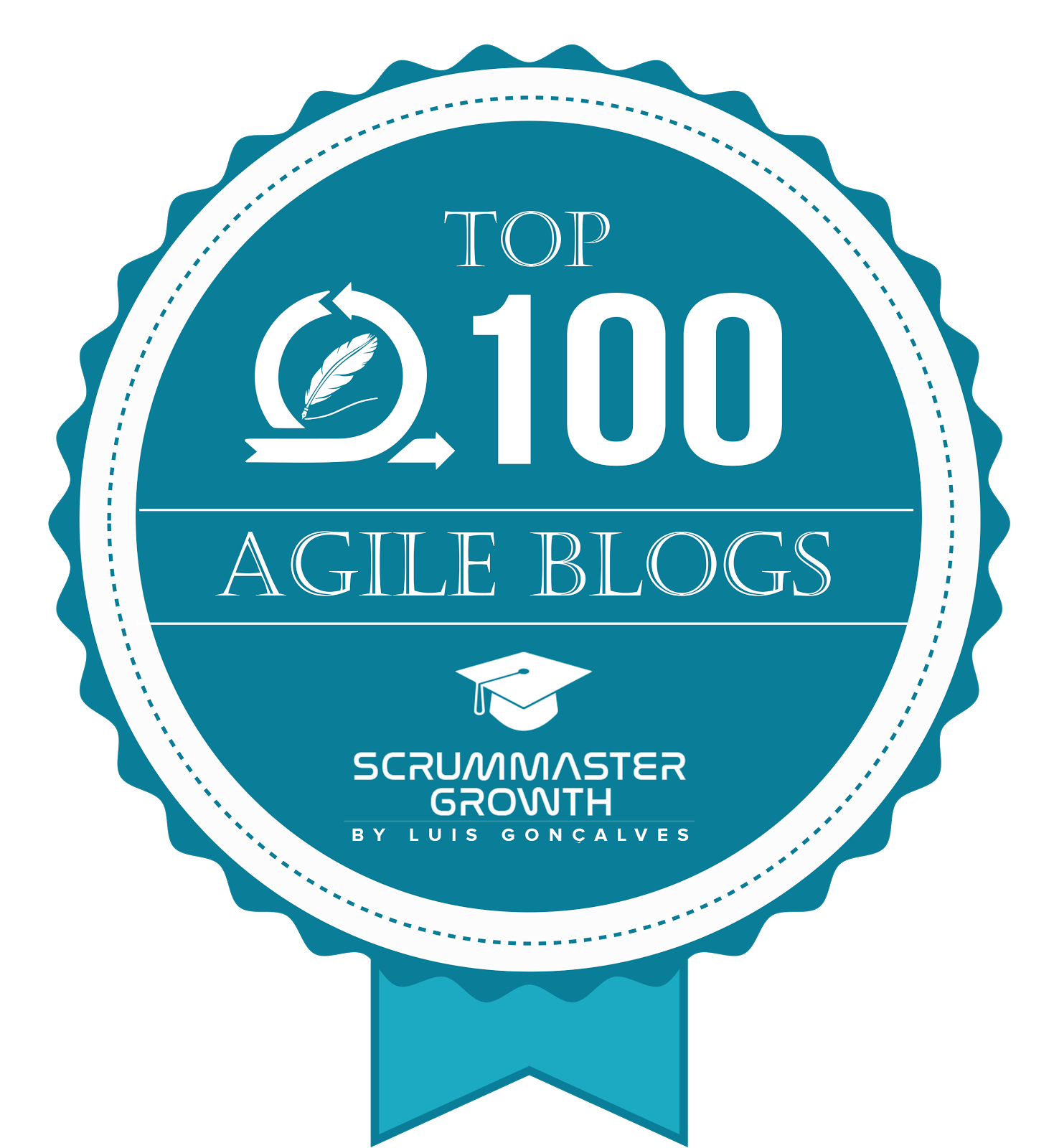- AI-Native Training
- SAFe Training
- Choose a Course
- Public Training Schedule
- SAFe Certifications
- Leading SAFe
- Implementing SAFe
- Advanced SAFe Practice Consultant
- Leading SAFe for Government
- SAFe Lean Portfolio Management
- SAFe Release Train Engineer
- SAFe for Hardware
- SAFe for Architects
- Agile Product Management
- SAFe Scrum Master
- Advanced Scrum Master
- SAFe DevOps
- SAFe Product Owner/Product Manager
- SAFe Agile Software Engineering
- SAFe for Teams
- SAFe Micro-credentials
- Agile HR Training
SAFe PI Planning Quick-Start Style
Updated 6 February 2024 to reflect SAFe 6.0 terminology.
The schedule for the two-day PI Planning event, days five and six of the 6-day quick-start, was pretty much textbook SAFe. Given I have blogged about PI Planning in the past, let’s skip the blow by blow description of PI Planning and focus on the highlights from this particular Agile Release Train's first PI Planning event.
Firstly the opening messages set the perfect tone for the 2-days. The RTE opened the event with: "It’s been an epic few days and we are here now. PI Planning. We are here and we are doing it and it’s awesome! Now it’s about the real work!"
Their executive sponsor was equally as passionate: "I think it is great you guys are doing this and making the 6-day investment. I'm glad this team is embracing the change and wanting to do things differently. It’s going to be bumpy but that’s ok. I'm excited to see what all these blank boards are going to turn into."
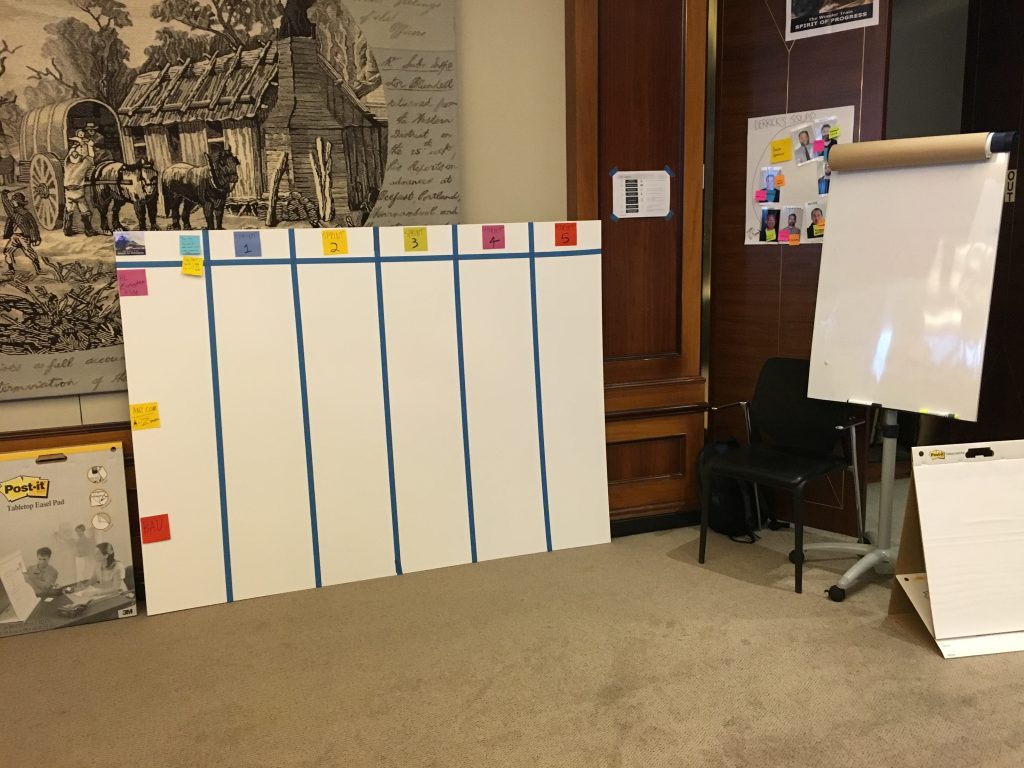 |
| Teams used foam boards for their plans so nothing would need to be stuck upon the walls. |
Not to be outdone, the department head laid down the gauntlet to the train: "How do we know we have achieved success? We will have “raving fans” across the business. We are a group of individuals and we need to be better than the sum of our parts. Agile is a big bet. I see this as a game changer which will unlock creativity and foster innovation."
The second highlight was the approach taken to set the train up for success. With newly formed teams that are also new to agile, estimation was clearly going to be a challenge. As part of the planning context briefing, teams were advised only to plan to 50% of their capacity in Iteration 1, 60% in Iteration 2, 70% in Iteration 3, 80% in Iteration 4 and 90% in Iteration 5. This built-in buffer provided space for the teams to learn how to work together as well as allowing for the inevitable underestimation that is so common with new teams. For me, the leadership's buy-in to this additional built-in buffer (on top of uncommitted objectives and the IP Iteration) was an indication that the leaders had begun to accept their new role as Lean-Agile leaders whose primary function was to support the people who do the work.
The third highlight was the approach taken to transitioning. Often when a new train is launched the organisation fails to factor in in-flight work. With this particular ART launch we took the opportunity not only to understand what was in flight but also what ongoing, regular commitments team members had. As part of the planning context teams were asked to start their breakouts by surfacing all their in-flight and ongoing work as stickies on the team’s PI planning board. This ritual, that I like to refer to as “bring out your dead”, has become a regular part of my planning context briefing for new ARTs.
 |
| RTE taking the lead on facilitation of PI Planning |
My fourth highlight was the ownership the RTE team took of facilitating the event. This made a fairly stark contrast to most first time RTEs at their first PI Planning event. So often an ART's first PI Planning event relies heavily on external consultants for facilitation, so this made a nice change for me. From MCing the event to taking over facilitation of Scrum of Scrums, the RTE team was keen to step into their new roles and own them. It was simply awesome.
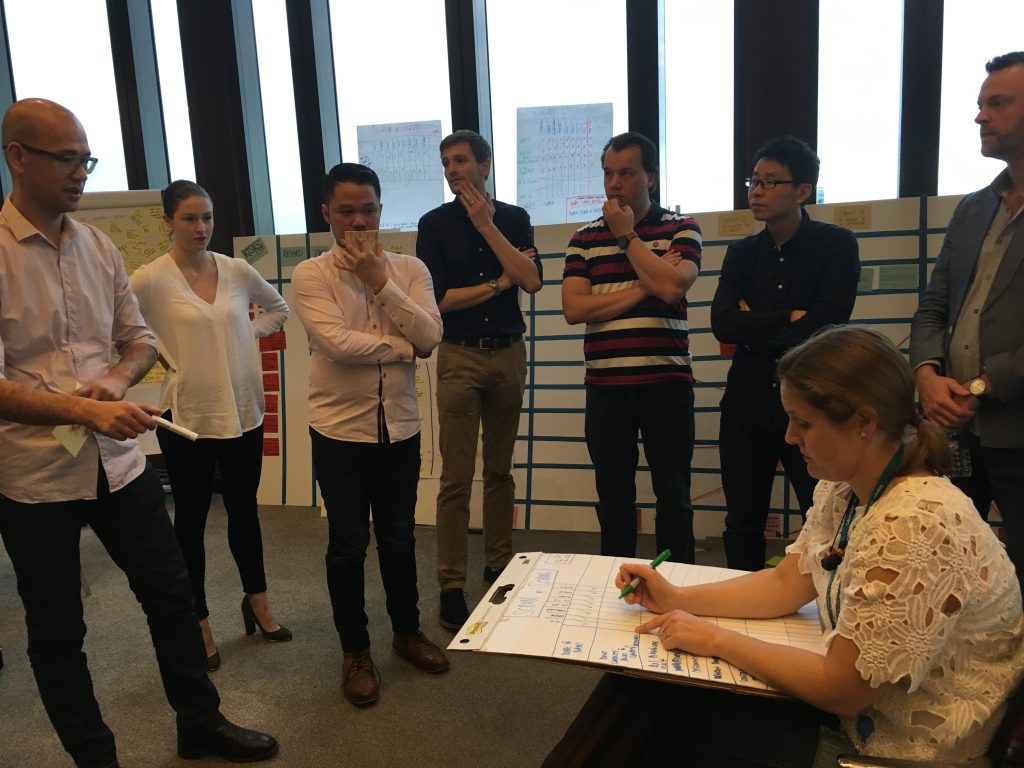 |
| RTE leads Scrum of Scrums |
The fifth highlight was an outcome of the Management Review and Problem Solving Session. As is typically the case the draft plan review had revealed that the train would not have capacity to deliver everything. I was so proud of the leadership team as they realised the “business as usual” (BAU) activity, surfaced as part of the “bring out your dead session”, was absorbing a lot of the team’s capacity and reducing the amount of capacity available to work on new value adding features. The solution was a call to action, for team members to bring any low value BAU tasks to the head of the department who would then help them with “offloading” them. This action manifested as the department head manning an “Off Load your BAU” stand during the morning of day 2.
 |
| "Off load your BAU" stand at PI Planning |
Another highlight from day 2 was the System Teams determination to surface the work the features teams would need them to do. Recognising that the lack of dependencies received from other teams was unlikely to reflect reality, they split up and approached each team, with the goal of understanding what support each team would need during the PI. The result, while still not perfect, was a far more realistic plan.
While there were clearly many highlights the stand out moment for me was the business value ranking of objectives by the Business Owner. This is one SAFe ceremony that I have always found challenging but on this occasion it was pure gold! The head of the department visited each team and discussed their PI Objectives. He was clear about the business value of what they planned and also provided guidance on what would make the objective more valuable. Secondly, each time a team had a team building related objective he rated it a 10. And for the teams that did not have one he asked them to write one!
The most unexpected highlight also occurred on day 2. Some people from the support teams who had not been part of the self-selection process decided they were not in the right teams and formed a whole new squad! This certainly brings a whole new meaning to the concept of self-selecting teams! At the end of the PI Planning event, they had a plan and a team name, Hogwarts, which fit nicely with the train theme.
So there you have it. A 6-day quick-start. It was completely and utterly exhausting. But would I do it again? Absolutely. This was quite simply the best ART launch ever!
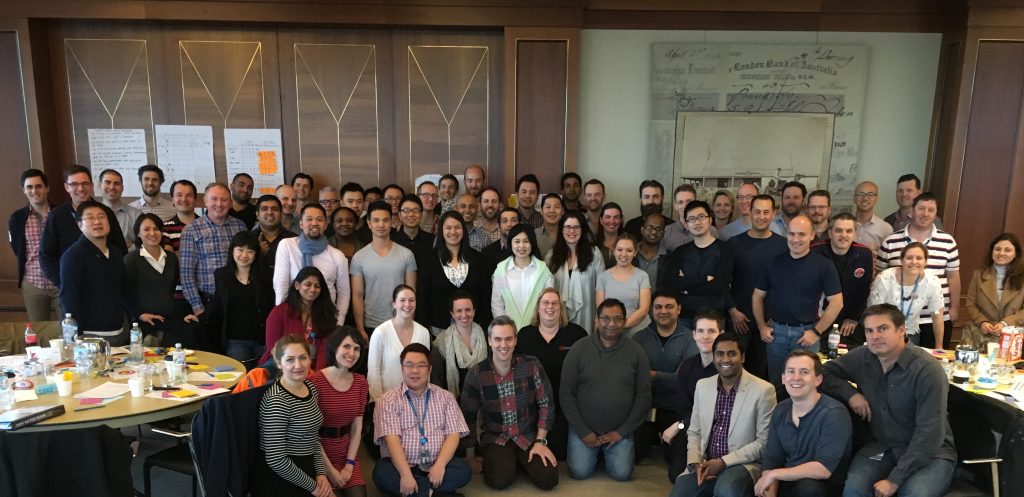 |



